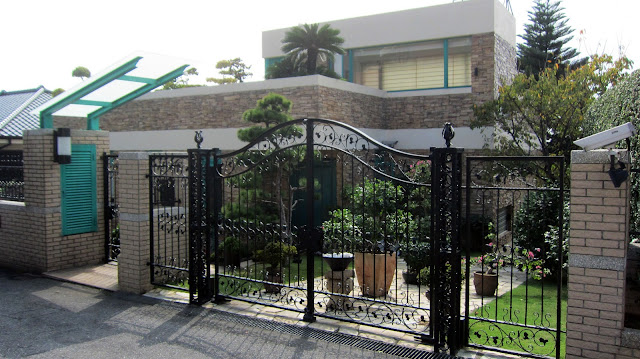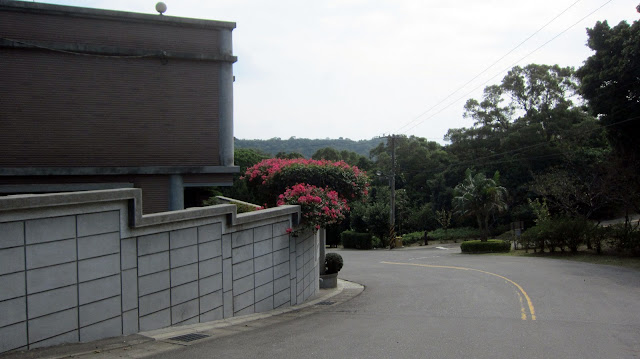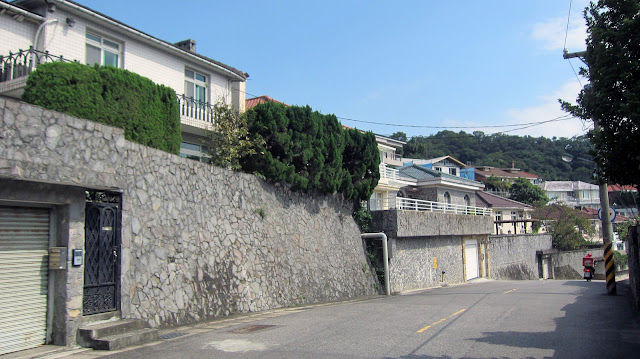1959
7 January. The Chinese Communists fired 33,000 rounds at Kinmen.
11 – 21 January. A task force of the 12th Reconnaissance Squadron was deployed to Chiayi AB. They again deployed from 12-21 February.
28 February. Buildings originally approved for construction at Tainan AB under project DARK EYES and eight additional buildings approved in December 1957 were completed by the 802 Engineers and officially transferred to the Air Force.
17 – 31 March. Aircraft of the 26th Fighter Interceptor Squadron were deployed to Tainan AS to provide training for Chinese controllers.
11 – 22 April. Task Force of the 12th Tactical Reconnaissance Squadron deployed to Taoyuan AB.
25 April. 6214th Air Base Group and 6214th Support Squadron at Tainan AS were redesignated as the 6214th Tactical Missile Group and 6214th Air Base Squadron per PACAF GO 25, 21 April 1959. This same order redesignated Detachments 1, 2, and 3 of the 6214th Air Base Group as Detachments of the 6214th Tactical Missile Group. Also 6214th Communications Squadron was attached to Air Task Force Thirteen (Prov) for all purposes. The 6214th Materiel Squadron was redesignated, organized and assigned to 6214th Tactical Missile Group. The 868th Tactical Missile Squadron, 6209th Air Base Squadron, 6211th USAF Dispensary, 6214th Communications Squadron, 6214th Air Base Squadron and the 6214th Materiel Squadron were assigned to the 6214th Tactical Missile Group. The 25 April 1959 organizational change date was changed to 15 May 1959 by PACAF GO 27, 30 April 1959.
10 – 25 May. Aircraft of the 25th Fighter Interceptor Squadron were deployed to Chiayi AB to provide all weather interceptor training for the Chinese Air Force.
15 May. 6214th Communications Squadron and 6209th Air Base Squadron were relieved from assignment to 6214th Air Base Group and assigned to Thirteenth Air Force and were attached for all purposes to Air Task Force Thirteen (Prov) per PACAF GO 27, 30 April 1959.
22 May. Colonel Thomas B. Summers assumed command of 6214th Tactical Missile Group per 6214th Tactical Missile Group GO 1, 22 May 1959.
29 May. A Memorandum of Understanding (MOU) was signed between GRC and USG on Shu Linkou AS facilities project.
19 – 21 June. The following units deployed aircraft to Taiwan.
13-23 July 67th Tactical Reconnaissance Wing to Taoyuan AB.
10-20 August 8th Tactical Fighter Squadron to Chiayi AB.
23-30 August 509th Fighter Interceptor Squadron
9-19 September 44th Tactical Interceptor Squadron to Chiayi AB.
19-29 September 44th Tactical Fighter Squadron to Chiayi AB.
12-22 October 67th Tactical reconnaissance Wing to Taoyuan AB.
9-19 November 313th Air Division to Chiayi AB.
7-17 December 12th Fighter Interceptor Squadron to Chiayi AB.
1 July. 6209th Air Base Group at Shu Linkou Air Station was discontinued by PACAF GO 43, 29 June 1959. This squadron’s responsibilities were assumed by the 6987th Radio Squadron, Mobile (USAFFS) This same order reassigned the 6212th USAF Dispensary (Class B) from 6209th Air Base Squadron to Thirteenth Air Force and attached it to Air Task Force Thirteen (Prov) for all purposes.
1 July. US Air Attaché, Taipei and MAAG (Taiwan) were attached to 6214th Tactical Group for support per Thirteenth Air Force GO 13, 15 May 1959.
1 July. Mission the 327th Air Division (Marianas Air Defense Division, MAAD) this period was to exercise operational control of the air defense capability for the Mariana Islands per Thirteenth AFR 23-4, 4 September 1959. Subordinate units were the 41st Fighter Interceptor Squadron (F-86D) and the 852nd Aircraft Control and Warning Squadron. (Equipment: FPS-3, later an FPS-20) search radar FPS-6 height finder.
5 July. The CAF downed five Communist MIG-17 aircraft south of Matsu.
31 July. All references pertaining to 6214th Tactical Missile Group were amended to read: 6214th Tactical Group per GO 50, 31 July 1959.
1 August. Taiwan Base Command (TBC) was reassigned from MAAG to USTDC.
6 August. This date the combined relationship between USTDC and MAAG Taiwan, reverted to the status which existed before the partial merger of both organizations which took place in March 1958.
15 August. The ROC Army received Nike-Hercules ground-to-air guided missiles from the USG under MAP.
2 September. 2165th Communications Squadron attached to 1961st AACS Group, Clark
24 – 29 September. 327th Air Division participated in exercise ROCHESTER V.
1 October. 6214th Communications Squadron was discontinued at Taipei Air Station and its personnel and equipment were absorbed by 2165th AACS Squadron, Taipei Air Station, per PACAF GO 59, 23 September 1959.
20 October. Detachment 2, 6200th Air Base Wing was designated and organized at Tainan, and was further designated as Tainan Air Base Group for all communication purposes.
1 – 15 November. 327th Air Division participated in Exercise BIG JACK in the Marianas Islands.
2 – 11 November. A PACAF Mobile Strike Force was conducted on Taiwan at Kung Kuan Air Base and Chiayi Air Base per Thirteenth Air Force OPORD 248-59, 13 August 1959. Air Task Force Thirteen (Prov) acted as the liaison and coordinating agency with ROC Air Force. Units deployed were:
8th Bomber Squadron (TAC) Kung Kuan AB
15th Tactical Recon Squadron Kung Kuan AB
67th Tactical Fighter Squadron Chiayi AB
510th Tactical Fighter Squadron Chiayi AB
19 November. The USAF Thunderbirds performed before high ranking officials of the Republic of China at Taipei, Taiwan. The Nationalist Government recessed its Legislature early so members and their staff could watch the performance. General Chen Chia-shang, Commander in Chief ROC Air Force presented each pilot with the wings of a ROC Air Force Pilot.
3 December. PACAF approved an organizational plan of Air Task Force Thirteen (Prov) to reduce its headquarters to a small liaison and coordinating group with no command function during peace time. The 6214th Tactical Group at Tainan AS assumed the responsibility for all administration and logistics functions for all PACAF units on Taiwan including Air Task Force Thirteen (Prov). This plan was placed in effect on 15 February 1960.
18 December. Work was begun by the ROC Air Force on the runway at Chiayi Air Base.
End 1959
To be Continued:
Editor's Note: If you were assigned to Taiwan, read the history carefully to discover interesting actions that took place. If you were not present in Taiwan, or assigned to an out-post where information was scarce, this history is eye opening.
Please take a minute to write to me if you have information I have not included during this time period or you find a mistake.
I am most happy to receive your e-mail. Quick link to me HERE















































































